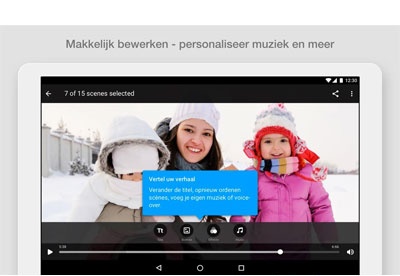

Visualize Rules evaluationsĪs you add Security Rules to your prototype you can debug them withĪfter running a suite of tests, you can access test coverage reports that show Visualize Security Rules activityĪs you work through prototype and test loops, you can use visualization toolsĪnd reports provided by the Local Emulator Suite. For more, refer to theĮmulator command reference. These data import and export options work with theįirebase emulators:exec command as well. firebase emulators:start -import=./dir -export-on-exit You can instruct the emulator to export data on shutdown, either specifying anĮxport path or simply using the path passed to the -importįlag. In tests, on emulator startup, import the baseline data. Unit tests or continuous integration workflows, then export it to be sharedĪmong the team. Define a baseline set of data to use in your The database and Cloud Storage for Firebase emulators allow you to export dataįrom a running emulator instance. Having implemented a step like this, you can sequence your tests and trigger your functions with confidence that old data will be purged between runs and you're using a fresh baseline test configuration.
#Realtimes installer app code#
Naturally, your code should await confirmation that the flush finished or failed using the asynchronous event handling features of your platform. Set up your in-app configuration or test classes to interact with the Instrument your app to talk to the emulators Android, Apple platforms, and Web SDKs Matches the project ID used by the Firebase CLI. You must make sure that the project ID in your code (in initializeApp(), etc.) Note: If you want to emulate cross-service interactions such asĭatabase-triggered Cloud Functions or Rules that rely on Authentication
#Realtimes installer app Offline#
Better offline support, since there is no need to access the internet to.(production) resources, there is no chance of data change, usage and billing



 0 kommentar(er)
0 kommentar(er)
